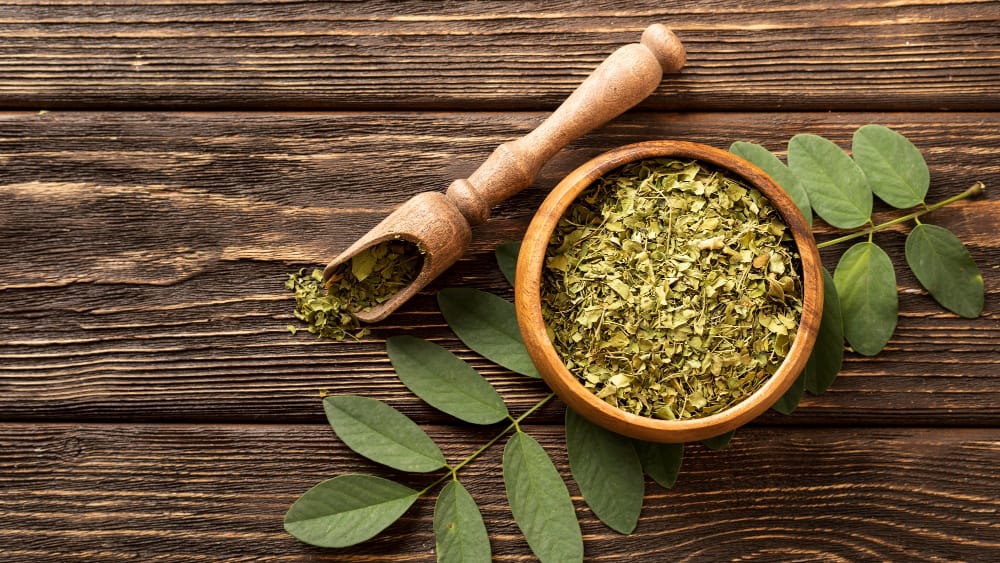Henna also known as Mehndi is a dye prepared from the plant Lawsonia inermis, also known as hina, the henna tree, the mignonette tree, and the Egyptian privet, the sole species of the genus Lawsonia.Henna can also refer to the temporary body art resulting from the staining of the skin from the dyes. Henna has been used sinceantiquity to dye skin, hair and fingernails, as well as fabrics including silk, wool and leather. Historically, henna was used in the Arabian Peninsula, Indian Subcontinent, near and Middle East, Carthage, other parts of North Africa and the Horn of Africa. The name is used in other skin and hair dyes, such as black henna and neutral henna, neither of which is derived from the henna plant.
Commercially packaged henna, intended for use as a cosmetic hair dye,is available in many countries, and is now popular in India, as well as the Middle East, Europe, Australia, Canada, and the United States.The color that results from dying with henna depends on the original color of the hair, as well as the quality
of the henna, and can range from orange to auburn to burgundy. Henna can be mixed with other natural hair dyes including Cassie obovata for lighter shades of red or even blond, or with indigo to achieve brown and black shades.

